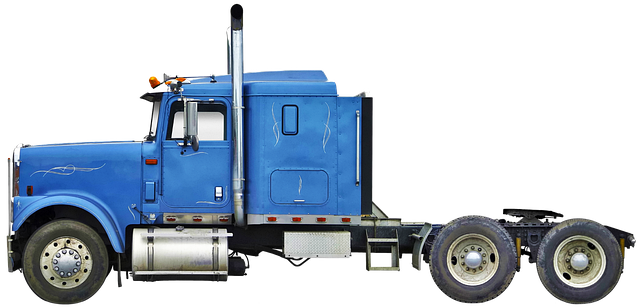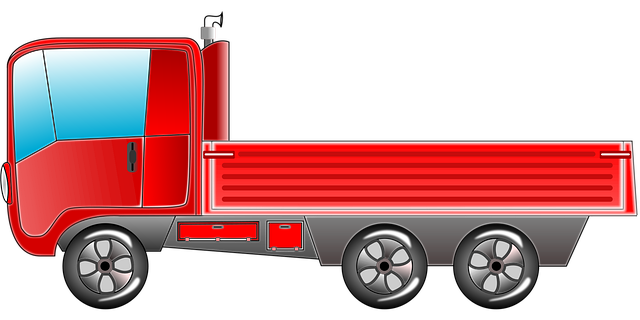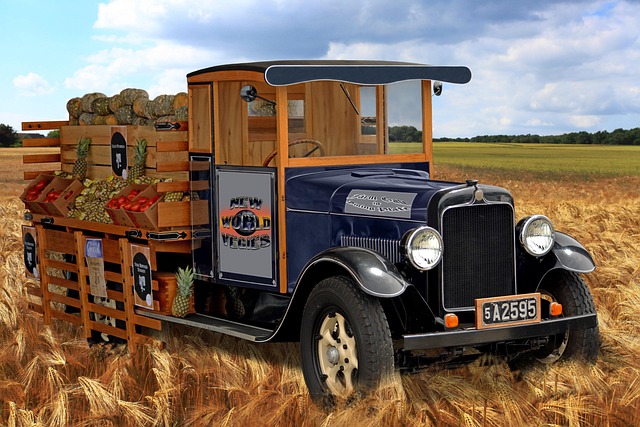Looking to register your car in California? Our comprehensive guide breaks down every step of the process, from gathering essential documents to utilizing the state’s VIN Verifier tool. Learn how to streamline application submission and what crucial considerations to make post-registration. By following these clear instructions, you’ll navigate California’s car registration requirements with ease.
- Understanding the California Car Registration Process
- Preparing Necessary Documents for Car Registration
- Using the VIN Verifier Tool in California
- Submitting Your Application and Waiting for Processing
- Important Considerations After Successful Car Registration
Understanding the California Car Registration Process

Understanding the California Car Registration Process
Registering a car in California involves several steps that can seem overwhelming at first. However, by understanding each phase and utilizing available tools like the VIN verifier (also known as a mobile VIN verification or vin inspection), you can streamline the process. The initial step is to ensure your vehicle meets all safety and emissions standards set by the state. This often requires passing an emission test, which can be done at certified stations. Once your car has passed these tests, you’ll need to gather essential documents including the title, proof of insurance, and a valid driver’s license.
The next crucial step is to visit the California Department of Motor Vehicles (DMV) or use their online services to apply for registration. Here, you’ll be prompted to enter your Vehicle Identification Number (VIN) which can be quickly verified using a mobile VIN verifier. This ensures the vehicle’s history and authenticity, protecting both you as the owner and the state from potential fraud. After confirming your details, including any necessary fees, you’ll receive your registration documents, officially registering your car in California.
Preparing Necessary Documents for Car Registration

Before you begin the registration process, gathering the right documents is essential. One crucial tool for verification is a Vehicle Identification Number (VIN) verifier, which can be used to check the vehicle’s history and ensure it’s not stolen or has any outstanding issues. You’ll need your VIN, typically found on a label inside the driver’s side door or on the engine block, for this process.
Additionally, prepare other necessary documents like the title, registration papers from a previous state (if applicable), proof of insurance, and a valid driver’s license. For added convenience, many people opt for a mobile VIN inspection service, which allows them to verify their car’s history remotely before visiting the California Department of Motor Vehicles (DMV).
Using the VIN Verifier Tool in California

In California, using the VIN Verifier Tool is a crucial step during the car registration process. This digital tool enables users to verify the authenticity of a Vehicle Identification Number (VIN), which is essential for ensuring that the vehicle you’re registering is not stolen or has any outstanding issues. By simply entering the VIN into the official California Department of Motor Vehicles (DMV) website, you can access detailed information about the car’s history, including its previous owners and any reported accidents.
One of the added benefits of this method is the availability of mobile vin inspection and verification services. These services allow you to complete the VIN inspection conveniently, often at your preferred location. This flexibility, coupled with the comprehensive data provided by the VIN Verifier Tool, makes car registration in California a smoother and safer process for both the DMV and vehicle owners.
Submitting Your Application and Waiting for Processing

After completing your vehicle’s registration application, it’s crucial to submit all required documents and fees to the DMV. This typically involves providing proof of insurance, a valid driver’s license, and paying the registration fee. Once submitted, the process of verifying your vehicle’s information through its unique Vehicle Identification Number (VIN) begins. The VIN is like a fingerprint for your car, and a mobile vin inspection or vin inspection by an authorized verifier ensures accuracy.
During processing, which usually takes around 20 business days, the DMV will cross-check your data with their records and perform a mobile vin verifier check to ensure the vehicle’s history aligns with the information provided. This step is vital to maintain California’s record-keeping integrity and ensure that all vehicles on the road meet safety and legal standards.
Important Considerations After Successful Car Registration

After successfully registering your car in California, there are a few crucial considerations to keep in mind. One important step is performing a Vehicle Identification Number (VIN) verification. This process ensures that your vehicle’s details match the information on record with the state and helps prevent fraud. A mobile VIN verifier or inspection service can be particularly useful here, allowing you to complete this step conveniently at your own location.
Additionally, keeping accurate records of your car’s registration, insurance, and maintenance is essential. These documents should be easily accessible in case of future reference or if needed for any vehicle-related transactions. Remember, responsible ownership includes staying up-to-date with all official requirements to ensure a smooth driving experience in the Golden State.
Registering a car in California involves understanding the process, gathering essential documents, utilizing the VIN Verifier Tool, and submitting an application. Once approved, remember to consider important post-registration tasks. This step-by-step guide ensures a smooth experience for California residents looking to legally register their vehicles.
